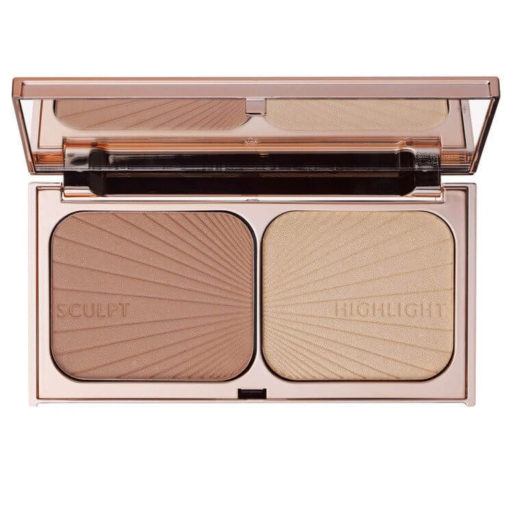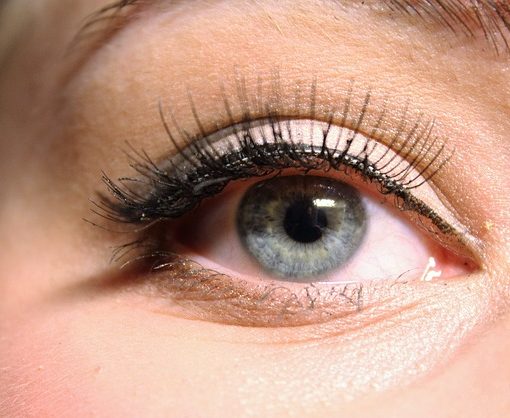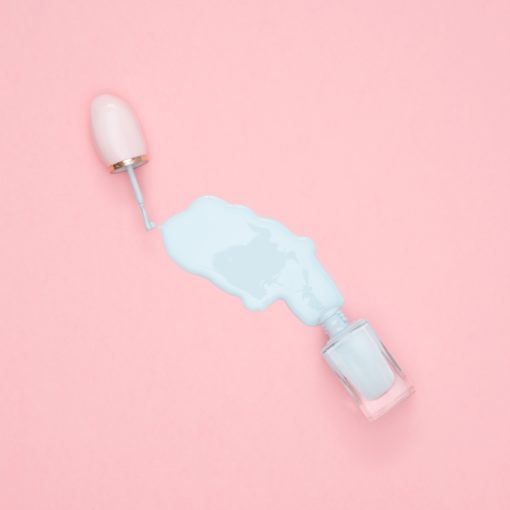SLS? Parabons? I’m sorry but WHAT ON EARTH are you talking about? Well that was basically my reaction when I was first on forums reading about why ingredients in beauty products were suitable, not suitable or less desirable than others.
In general, these terms do not relate to whether or not something is vegan, however you will no-doubt come across these terms the more you look into vegan products and therefore it’s useful to understand the basics. Its going to help you make an informed decisions when purchasing.
Ok, here we go…
→Sulphates
- Ingredients commonly found in beauty products, such as shampoo, conditioners, and household items.
- Studies have shown sulphates to be safe in small doses, however some people avoid them all together as they may be carcinogenic (having the potential to cause cancer), in larger doses.
- The most common sulphate is SLS (explained below).
→SLS
- SLS stands for Sodium Laurly Sulphate.
- It’s a type of Sulphate.
- This is a chemical that’s commonly used in cleaning products, from body wash and toothpaste, to laundry detergents.
- It’s primary function is to get a product to foam, create bubbles and remove oil and grease.
- It can cause irritation for some, such as dry skin, or sore eyes.
- The chemical can be derived from petrolurm, palm oil and coconut oil.
- It is bio-degradable.
→SLES
- SLS stands for Sodium Lauryl Ether Sulphate.
- It’s the same as SLS, except the chemical has been through a process called ethoxylation.
- This means that a compound (called 1.4-dioxane) is created which is widely believed to be toxic if exposed to in large doses, but it is worth noting that the amount contained in any product sold to us is very small.
- It is biodegradable.
→Parabens
- Parabens are a preservative.
- For instance, they are often used in cosmetics, parabens ensure make-up has a longer shelf-life by killing bacteria.
- Easily identified on product labels by ingredients ending in paraben. e.g. ethylparaben, methylparaben etc.
- Again, there is concern that exposure to parabens can cause cancer, however the EU has deemed parabens safe in small concerntrations.
- Can cause irritation for those with sensitive skin.
- Interestingly though, Denmark has banned certain paragons in children’s products.
- They are biodegradable.
→Natural Sources
- Natural can mean anything…from animals to plants to chemicals.
- There is no legal definition of ‘natural’ so companies can use the word how they like, as it is not regulated.
- In short, this term means nothing and you need to look out for other labelling statements.
- As it could contain anything, it may or may not be biodegradable.
→Silicone
- Silicone is derived from silica, which is found in the earth’s crust.
- They are easily identified in ingredients as they end in ‘cone’ or ‘siloxane’. e.g. Cyclopentasiloxane and Dimethicone.
- It is used for a lot of reasons, such as locking moisture, making products (and skin) soft to touch, reducing visible wrinkles and creating shiny locks.
- As a result it’s used to create the ‘finishing touch’ look, but there is no benefit for the body.
- Silicones are not considered toxic to humans.
- Silicones are not biodegradable.
→Artificial/Synthetic Fragrances
- Fragrances are often chemicals derived from petrochemicals (some of which are known to be toxic to humans and hazardous to the environment).
- Found in perfumes, lotions, air fresheners, shampoos, candles …pretty much anything and everything that has a scent.
- Perfume Manufacturers are allowed to withhold information on what goes into each ‘fragrance’ and therefore it can be impossible to know the ingredients, which is problematic – especially for allergy sufferers.
- Some synthetic fragrence chemicals are biodegradable and others are not.
→Palm Oil
- Palm Oil is obtained from a particular type of palm tree.
- It can also be listed as ‘vegetable oil’, ‘vegetable fat’ and a multitude of other names.
- As well as food, it is often found in make-up and skin care products for conditioning purposes.
- WWF have stated that nearly half of packaged items in our supermarkets contain palm oil.
- Palm Oil production is known to destroy rainforests and habitats for orangutangs, who are now an endangered species, and other animals.
- It is is biodegradable.
That’s a lot of info to process. But hopefully it’s a good starting place and gives you an initial idea of what ingredients you are happy to have in your beauty products and which ingredients you’d like to swerve!
Want to understand more about what goes into the products we buy? Read my article on Top 10 Non-Vegan Ingredients in Beauty Products.



